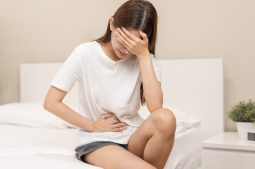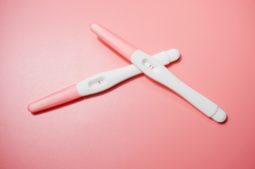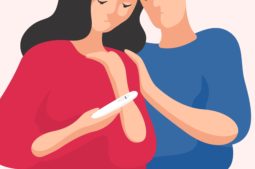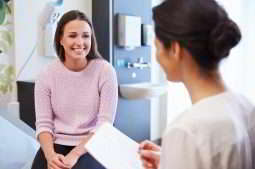
If you are in the period of your life that covers the fertile years, chances are you have a general awareness of what ovulation is, when it takes place and consequently when is the best time to get pregnant.
When the time is right and you decide you want to increase your chances of getting pregnant, you may find that your hazy knowledge of that all-important fertile window is no longer enough. In this article, we look at how to identify your most fertile days and how long you can expect it to take to achieve your goal. We also consider the steps you could take if things don’t go according to plan, and when to seek medical advice.
Pinpointing which are the best days for getting pregnant
To get pregnant, an egg, with a normal production rate of one a month and a sperm, with a much higher production number, need to meet. So, the window of opportunity you’re looking for is when there is the maximum chance, or indeed any chance, of this happening. This in turn depends on the day on which ovulation, that is the release of the mature egg from an ovary, takes place. This is where some reverse calculation comes in.
As a rule of thumb, in a normal 28-day cycle, ovulation takes place on day 14 of the cycle, with the first day of your period counting as day one. When the egg has been released, it travels slowly down the fallopian tubes towards the uterus. It survives for between 12 and 24 hours in the body. By contrast, the sperm can survive for up to seven days inside a woman’s body. The best time to get pregnant is therefore during the days before ovulation takes place. This gives the longer-lasting sperm more time to travel up the fallopian tube to ‘wait’ for the shorter-lived egg. Broadly speaking, any time from seven days before ovulation to two days after the event is the optimum time for getting pregnant.
High-tech or low tech? Entirely your choice!
It is clear from the timescales involved that the ability to identify the exact day when ovulation takes place is central to knowing the best day, or the best few days, to get pregnant. Counting 14 days from the start of your last period is not reliably accurate. This is because menstrual cycles vary, with anything between 21 and 40 days being normal. With such wide variations, it is understandable that many people looking to conceive focus their attention on pinpointing the day of ovulation.
The low-tech option
According to the NHS, the best way to get pregnant is to have frequent unprotected sex. Their down-to-earth advice is that you don’t need to time your sexual activity around the ovulation day, and having sex every two to three days throughout the month will give you the best chance of getting pregnant.
The DIY option for identifying ovulation day
Both the NHS and the national fertility awareness service, Fertility UK, offer advice on a rather more specific approach, especially if regular and frequent sex is impractical. There are three main ways to identify the day of ovulation.
Monitoring of vaginal secretions is the method recommended by both bodies. This involves learning the difference between non-fertile days when secretions may be dry or sticky and those on fertile days around the time of ovulation. These are wetter and can resemble a raw egg white. In combination with understanding your own cycle, this is judged to be the most reliable indicator of an approximate nine-day fertility window.
Daily temperature recording is a method less favoured by Fertility UK since the temperature rise is very slight and only takes place after ovulation has occurred, that is, after most of the fertile phase has passed. It is useful, however, for confirming that ovulation has occurred and establishing the length of an individual’s cycle.
The high tech choice
As well as a multitude of tracking apps and calendars available online, you can buy ovulation predictor kits. These detect an increase in luteinising hormone and some pinpoint the two days that are best for getting pregnant, others four. They could be useful for women unable to use other methods, but the kits are quite costly.
How long does it normally take to get pregnant and when should you seek help?
Our general advice at IVI is that if you have been trying to become pregnant for six months and you are under 35, you should wait and keep trying for a further six months. However, after the age of 35 you should probably seek assistance after six months, since fertility starts to decline quite rapidly at this point and the opportunity for effective treatment starts to narrow.
If you need it, what help is available?
Your first port of call is obviously your GP, who can advise on what is available. Any treatment offered would depend on your circumstances and the cause of any fertility problems, as well as what help is available from your local clinical commissioning group. If you’re considering a private clinic, browsing our website is a good way to start, so you can familiarise yourself with our clinics and treatments. You could also have a look at our video on the IVI YouTube channel about one of the best-known fertility treatments, IVF.
If you decide you would like to contact us, give us a call for free on 800 52 00 161, or complete our online contact form and we will get back to you.





Comments are closed here.